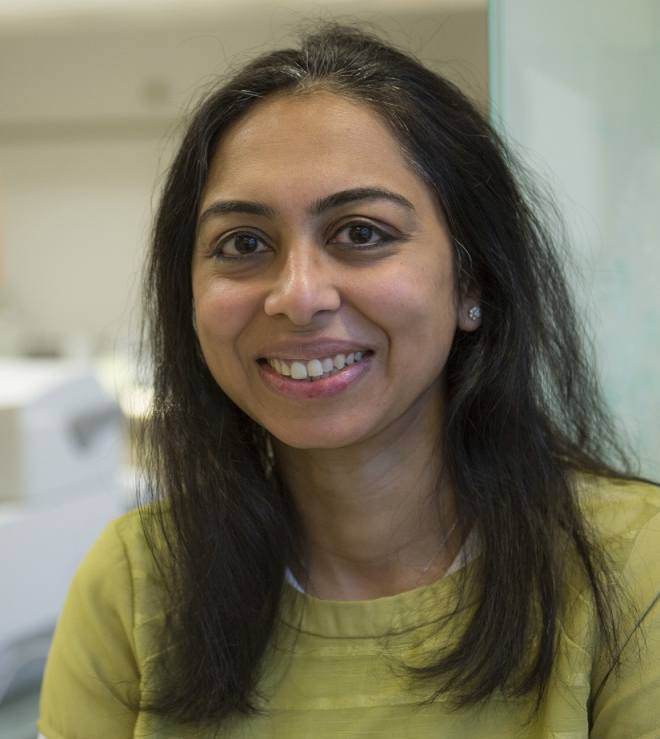
These days, DNA is increasingly being explored as a ‘device’ that has the potential to go beyond its traditional biological role. Dr Yamuna Krishnan, Professor of Chemistry at University of Chicago, uses her expertise in chemistry, along with a fair bit of scientific creativity, to translate these promises into reality.
In November 2017, Dr Krishnan won the Infosys Prize in the Physical Sciences category. She is the only woman to win in this category (although women have been honoured in other segments) since the awards were set up nine years ago. With an award that consists of a citation, a gold medal and Rs 65 lakhs in prize money, and with categories spanning over the sciences, engineering and the social sciences, there are whispers that the Infosys Science Prize aspires to be the Indian equivalent of the Nobel Prize.
Dr Krishnan’s passion for crafting nature-inspired solutions to advance science and engineering emerged in NCBS, Bengaluru, where she worked for eight years before moving to the US. These days, she designs DNA nanodevices, which are a collection of synthetic DNA strands engineered to have artificial functions. Her nanodevices have successfully been used to map the going-ons inside living cells. Thanks to her work, we now know for sure that such DNA nanodevices can indeed function without interfering with other components inside living cells.
In an interview with Firstpost, Dr Krishnan spoke about her new company Esya, the lack of diversity and the state of science in India, the country she left in 2014.
You are a chemist by training. At what point did DNA enter your life?
I’d always known about DNA right from my BSc [at University of Madras]. My PhD advisor had worked with Hargobind Khorana [who received the Nobel Prize in 1968 for his research in nucleic acids] and I did my postdoctoral studies at the University of Cambridge — a powerhouse for breakthroughs in molecular biology. There I worked with DNA to fashion it into interesting structures. At the time I started my own lab at NCBS, DNA was being used to craft virtually anything one wanted with it. I looked around in my environment to understand what common problems all my biologist colleagues were facing, to see if I could provide a chemical solution for them. And I used DNA as my medium to solve this problem.
Click here to read complete article.



